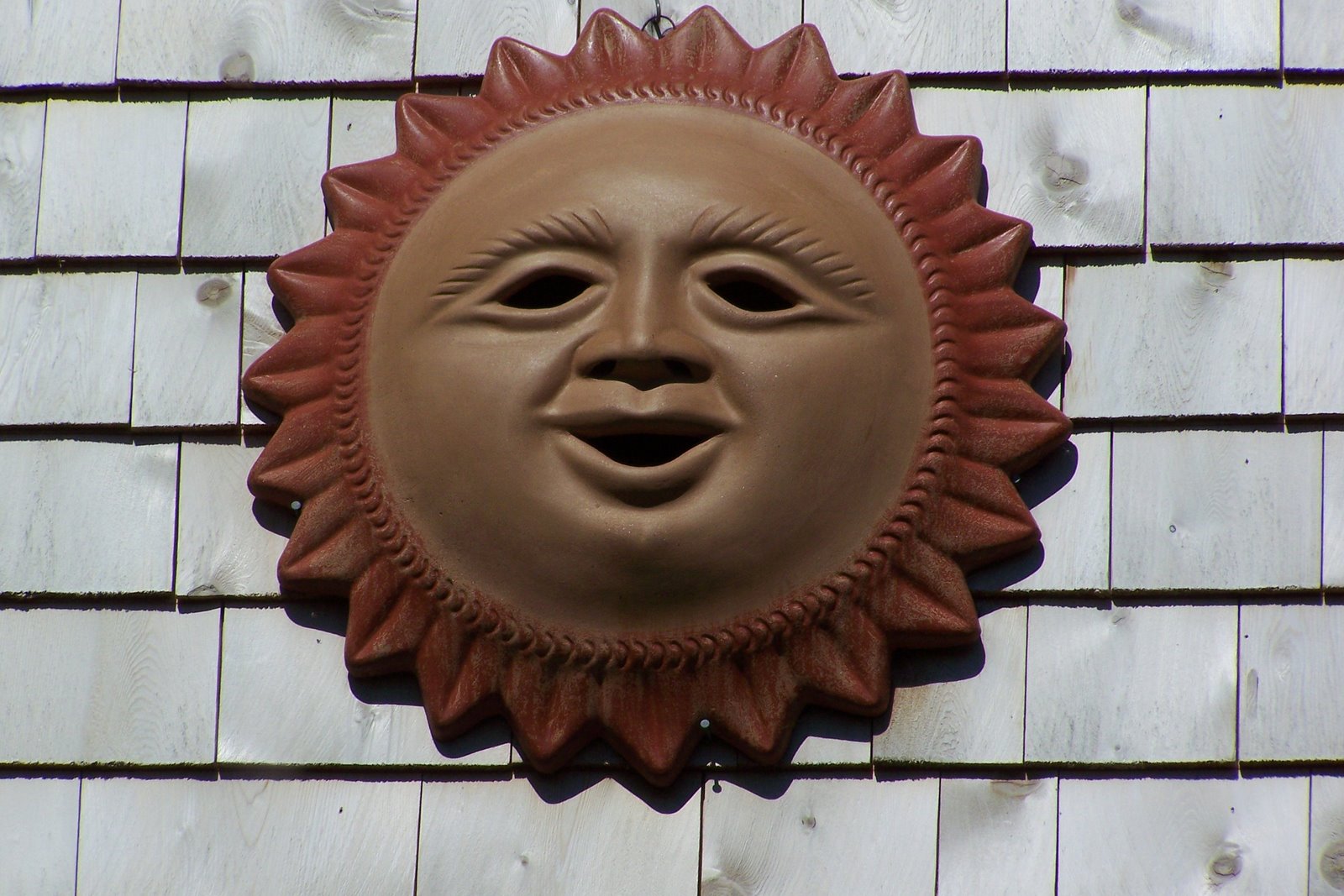This story comes from the California gold rush and a young girl in San Fransisco. Her family was moving to the eastern slopes of the high Sierra Mountains on the Nevada border and the rough mining town of Bodie.
On the day she left, the little girl walked about her home and said, "Goodbye grass, I'm going to Bodie. Goodbye sky, I'm going to Bodie. Goodbye God, I'm going to Bodie." Well some people say that's not what she said at all. Some people believe she said, "Good, by God, I'm going to Bodie!"
It's spring in California. Our edible landscape lives in a yard of less than a quarter acre. The above photo is of the blossoms on our apricot tree, a 20 year old tree that is surviving an oak root fungus attack with pruning, natural mineral fertilizer and compost.
We've lived here since 1993. And in that time we've replaced the ornamental shrubs and trees with a wide variety of edible and food bearing plants. Our goal was to limit the irrigation and labor required by plants that produce work, but not food.
Here are our "wild" artichokes, which live in a mix of ground cover under a Mexican Fan palm tree that was planted by a scrub bluejay some years ago. We preserved the tree and continued to compost mulch the garden beds. You'll see ginger plants in the foreground mixed with the artichokes that are about to produce edible flower buds.
These are avocados on the tree. If you buy avocados in North America, chances are they are from California, Mexico or Chile during the winter. Imported avocados are pumped full of water and picked early for shipping. These early avocados turn bad as they ripen, and even if you get a "good one" the flesh is hard, watery and bitter.
Our avocados, when ripe, are the texture of warm butter with a mild, nutty flavor. Raccoons will break into our yard this time of year and get fat on these "alligator pears". Not everyone is a fan of guacamole, but I can tell you that fresh guac. is about as good as food gets. You should try adding slices of avocado to your bacon, lettuce and ripe tomato sandwich. Here in California, you can even get bacon and avocado on your cheeseburger...that's something you won't forget!
Now if you are making guacamole, drinking a cold lager beer, or craving a marguerita, you need fresh limes. Most people don't know that ripe limes are yellow. Green limes are bitter. The picture here is of our Bearss lime tree, which provides limes for the foods we love.
This tree is tucked into a bed near our dwarf navel orange and our Jerusalem artichokes.
Every region has it's own special benefits. Our yard in PEI produces pears, cherries and sweet apples that we love to harvest. The point is to use your yard to feed your family the expensive fresh delicacies you love in the climate where you live. These plants are beautiful and nurturing. The idea of decorative shrubbery is a luxury that many of us can't really afford. You'll either spend all your time in the yard trimming shrubs and bushes or you'll harvest supper for your family.
I'll have more photos from our edible yard in Santa Barbara and share how that influenced us to plant our kitchen garden at the farm in PEI, a place where we can walk a few steps out the kitchen door and harvest fresh, organic food for supper.
Thursday, April 1, 2010
Subscribe to:
Post Comments (Atom)









1 comment:
Beautiful. What a harvest to have in your own backyard!
Post a Comment